Radish is quite common in our expanses annual root plant belonging to the cabbage family. This vegetable is divided into several varieties that differ in color and form. Redisse can be oval, round, spindle-shaped or cylindrical. The color of the fetus is white, red or pink. All features of cultivation and culture care We will look at this article.
Features of the process of growing
There are several types of radish, which differ in the degree of rapidness:
- grade ultra-surround. For the cultivation of the root, relating to this species, is required from 18 to 25 days. These are such varieties as "20 days", "18 days", "Children's F1";
- radish early. The growing season is from 25 to 30 days. This category includes Rubin varieties, "Zorya", "Camelot", "Early Red", "Rose-Red";
- rEDUCH MID ORDER. Vintage can be obtained in 30-40 days. This species is represented by such varieties as "heat", "Mokhovsky", "Red Giant", "Soselka", "Virovsky White";
- the variety is late. Growing time exceeds 40 days. This category includes the roots of Zenit, Ramposh and Donggansky.
If you correctly choose a variety in accordance with the degree of meat, you can get a rich regular vintage.
Growing radishes is carried out in fertile wet soil. But at moisturizing, it is necessary to observe the measure, since an excess of moisture provokes intensive development of foliage, and the size of the root crusts will be small. For the full growth of this vegetable, a sufficient amount of light is needed, it is impossible to plant it in shaded places.
The growing period is 20-40 days. Radish moves well to low-temperature conditions. For seed growth, it is enough 2-3 ° C heat, they are not afraid of minor frosts and will feel good at temperatures to -3 ° C. Adult radishes withstands freezing to -6 ° C. The optimal conditions for growing are indicators from + 16 ° C to + 18 ° C.
How to prepare the soil
Radish will give a good harvest, grown on loosely moistage soil. Tight and clay soil for this vegetable will not fit, rootproofs will be hard. It is recommended to plant seeds into the soil on which the cabbage, potatoes or cucumbers were previously grown. Before growing Redish in the greenhouse, the soil must be enriched with nutrients. In the fall, leaving the beds, it should be made by the calculation of 500 kg of biomaterial per 100 m 2. In addition, fertilizers with mineral composition should be made.
The following number is used for 1 weave:
- phosphorus and potassium - up to 0.9 acting;
- potassium sulfate - 1.2-1.8 kg;
- superphosphate - 3-4, 5kg;
- kalimagnezia - 2.4-3.6 kg.
In the spring you need to take care of reducing the loss of moisture soil. For this, the garden breaks and harrow. And after a few days, cultivation is carried out, during which nitrogen fertilizers are made at the rate of 1 kg per 100 m 2.
You should not use wood resin and manure as fertilizers. These biomaterials contribute to the growing of the leaves of vegetable, and the quality of the rooteplood suffers.
Radishes are not picky about soil, but it feels uncomfortable in acidic soils. By using such a soil liming should be carried out.
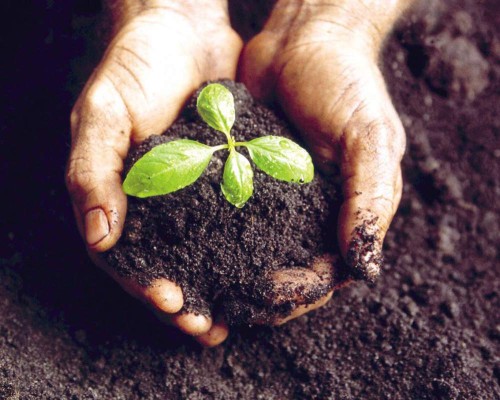
Preparation of seeds and planting dates
For sowing the seeds should use large size of 3 mm. They must first go through and separate the highest quality. Seeds desirable to take from last year's harvest, although they can be stored for up to 5 years. Do not use older, they will be bad to rise.
Seeds is recommended to put in a pre-moistened cloth and keep up until they germinate. The landing material can affect dry rot. To avoid this, it is necessary to hold a special treatment. For this material is placed for 20 minutes in water heated to 45 ° C. The seeds germinate during this procedure before.
Sowing is carried out in March, after the soil thaws to 10 cm. Growing radishes in a greenhouse is possible to start sooner. Seeds are planted recessed lines 2 cm. The soil is first necessary to moisten. The rows should be located at a distance of 10 cm from each other. To determine the required amount of seed, consider the following data: for 1 square meter of soil need to 1.5 g of seeds; 1 contains 100 g of seed units.
Radish: the cultivation and care
When the first leaves of the culture necessary to thin out. Radish sprouts should rise 3 cm apart. To a thinning process has not been damaged root system of vegetable leaves, when planting in the ground must be placed no more than one seed. Radish requires conventional care. As appropriate culture should weed, water in an amount sufficient to loosen the soil and periodically.
It is important when watering correctly determine the optimal amount of moisture. If radishes moisturize enough, the roots will have internal voids and a bitter taste. But under the influence of excessive moisture fruits cracked. Frequency of watering depends on the weather conditions. If the weather is hot and sunny watered culture need twice a day, morning and evening.
Another important prerequisite for growing radishes is to ensure that the required temperature:
- After seeding temperature level in the greenhouse should be between + 16 ° C to 18 ° C.
- When will the shoots for 3 days it must be lowered by 8 ° C, so that the germs are not drawn. This can be done by means of ventilation.
- Further, the temperature readings should be at + 12 ° C ... + 20 ° C.
- At night, the optimal mode varies within + 8 ° C ... + 10 ° C.
How to ensure a full culture development
Redish can hit a number of diseases. The main one includes:
- fomoz;
- mucous bacteriosis;
- gray and white rot;
- false torment dew;
- dry rot;
- blackleg;
- fusariosis;
- mosaic ordinary.
The affected cultures may not give a harvest at all. In addition to the diseases of Radish, pests threaten. Weather harm can larvae oglkunov beetles, cabbage flies, hidden bugs and rapeseed beetles, as well as weevil beetles, cruciferous bedbugs, cabbage scoop, beetle caterpillar, leaf beetles, cabbage mole.
To protect the radister from the attack of these pests and prevent the appearances of the culture, it is necessary to treat tobacco dust or wood resin. Also in the process of struggle in pests, a timely watering is played a significant role. Dry weather and high air temperature creates suitable conditions for culture damage. Processing is as follows:
- Of 10 liters of water, 2 glasses of ash and 50 g of household soap must prepare a solution.
- All components are thoroughly mixed, and radish is treated with the mixture.
- Asha can also simply spread over sowing. If such protective treatment is used, water should be watering through a drip system. Since with abundant irrigation, the composition will be washed off.
Collection of radish and its storage conditions
As soon as the fruits mature them can be collected. To extend the shelf life of the vegetable, it should be collected in the morning after the preliminary evening irrigation. The roots are not removed, and the tops are cut by 3-4 cm from the root. Radish is recommended to be stored under cool temperature. The most suitable place for this will be a refrigerator. But with its absence, it is possible to use a cool room. So in the root, taste properties will be saved during the week.
For the storage of root, more than a long time, it is necessary to use polyethylene packages:
- The roots and the leaves of the radish need to be cut, while there should be dry weather.
- Next, vegetables should be washed.
- It should not be dried completely, radishes should be slightly moistened.
- After that, the root plates are placed in packages of 1 kg, tie and placed in the refrigerator.
- Thus, radisis can be stored for a long time - up to 6 months.
How to grow a radish on the windowsill
For growing on the windowsill, you should choose a radister of early varieties that are well transferring the lack of lighting. To get a high-quality harvest, you need to use a nutrient soil mixture. It should include such components:
- peat or garden land - 2 parts;
- sand - 1 part;
- humus - 4 parts.
Landing occurs in such a sequence:
- For work, a capacity of 35 cm depth will be required.
- The soil is placed in a layer of up to 25 cm.
- Pre-at the bottom of the tank must be put drainage. It is not necessary to feed radishes in the process of growth.
- Seeds are pre-moisturized.
- It is possible to sow in the wells or in rows.
- Seeds are placed on a depth of 2 cm.
Radish needs regular watering. But at the same time it is necessary to observe the measure, since too much moisture is harmful to root. Water is applied room temperature. After irrigation, the soil should be disappeared.
Growing Redish in room conditions, you need to take care of creating the desired temperature mode. Since the seeds board at + 2 ° C, it is better to use a non-residential premises to grow. Also, culture needs additional lighting. Fluorescent lamps will suit this goal. They need to be installed as close as possible to radish tanks. This method is suitable for growing radishes in winter.
Features of growing on the balcony
To grow radish on the balcony, you need to prepare a box with a size of 50x50 and a height of 15 cm, which is filled with soil mixture. Seying the seeds should be in the grooves depth to 2 cm. Between the rows it is necessary to observe the space of 10 cm. Before sowing the soil is poured with warm water. After the end of the sowing box can not immediately endure on the balcony, it must be in the conditions of the room for several days. During this time, sections should appear, after which the home "garden" can be moved to the balcony.
This method of cultivation makes it possible to receive several yields. The first time the culture is planting in the averages of April, the re-landing is carried out from the 25th, and the third time the seeds can be sowed in mid-May. If necessary, shoots need to be switched, the distance between the seedlings should be 3 cm. We should not forget about watering. When the temperature is reduced, the radister needs to be covered with a film.

How to get seeds
To obtain seeds, it is enough to leave one or two rows of culture. Nearly you need to put a few peg tall up to 1, 5 m to tie the stems. The seeds should leave a radish with large roots. If there are plants among the ranks, on which the fruits were not formed, they must be removed. In the reverse case, the seed material will be spoiled.
During the summer period, the culture must be regularly watered, pouring, remove the weed plants and make a solution of chicken litter 1 times in the soil. Plants begin to actively grow, reaching 1.5 m in height. Arrows are formed, which then bloom and further form pods. The grown stems are tied up to pegs.
In September, you can collect seeds:
- First of all, you need to cut off the entire culture under the root and dry it within two weeks.
- When the pods and stems during kneading will crumble, extracted material is extracted. For this, the dried plants need to be chopped into any capacity.
- The seeds are not affected because they are pretty strong.
- Then the resulting mass is poured with water. Fragments of pods and stalks pop up on the surface, and the seeds remain at the bottom.
- The pop-up layer should be drained, the seed material is re-washed, after which he sucked.
Radish. Photo:
Conclusion
The cultivation of radishes is a simple process with which you can successfully cope even in the absence of experience. To get a high-quality harvest, it should be carefully familiar with the order of sowing of this culture and the peculiarities of her care. And also provide the necessary temperature conditions and the level of humidity. Implementation of all requirements will allow you to get healthy, large roots even in the absence of a garden. After all, a window sill or a balcony can be used to grow radishes.
The subtleties of the process of growing radishes are shown in the video:

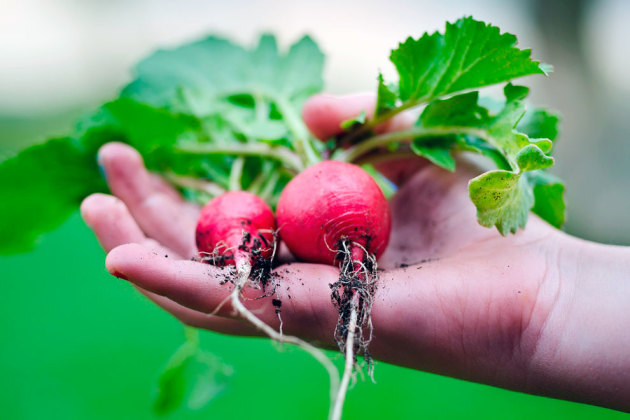
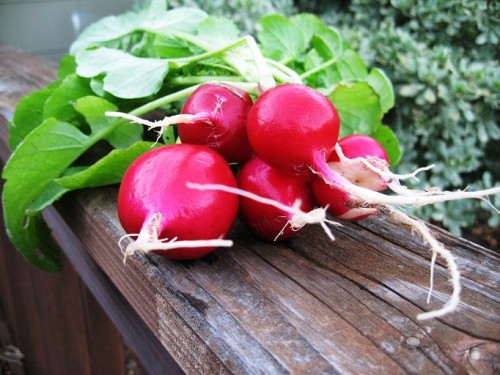
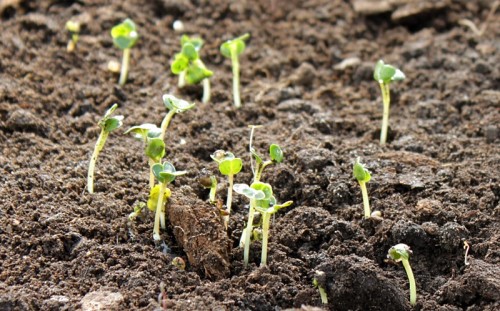
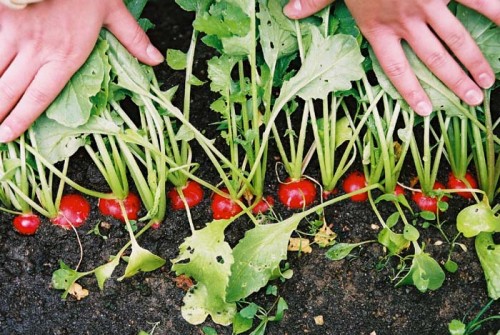
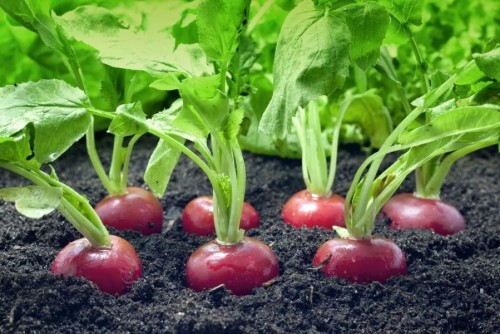
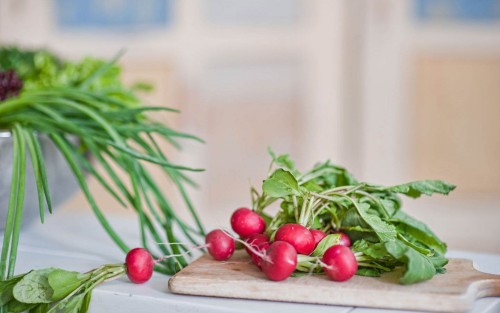
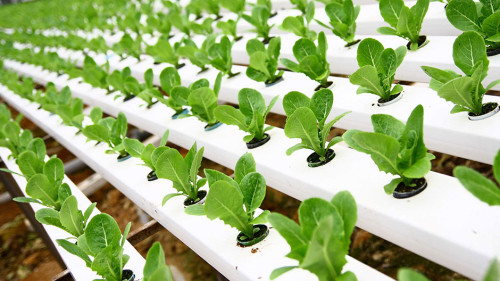
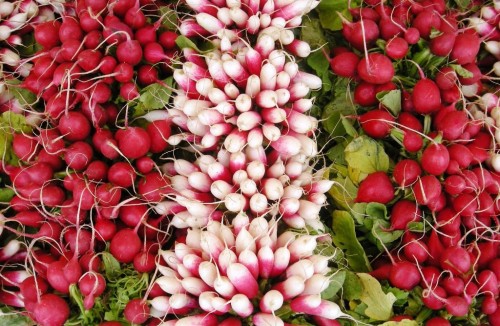
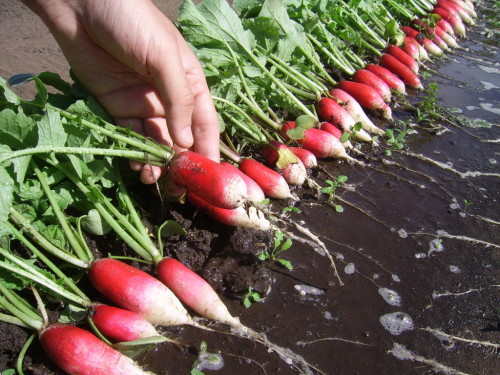
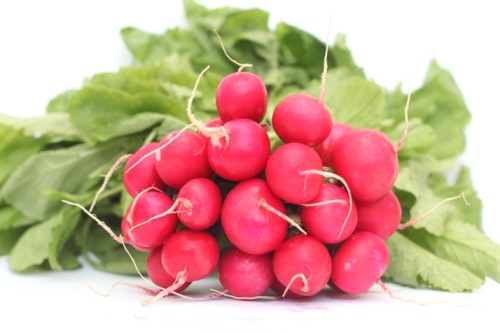












 Start a discussion ...
Start a discussion ...